The Ultimate Guide to Choosing Quality Windows for Energy Efficiency and Style
In today’s world, where energy efficiency and aesthetic appeal are paramount, selecting quality windows can significantly impact both your home’s comfort and your utility bills. This guide explores the essential factors to consider when choosing windows that not only enhance the style of your living space but also contribute to energy conservation. From understanding various materials and their thermal performance to evaluating energy ratings and designs, this comprehensive overview will equip homeowners with the knowledge needed to make informed decisions. Properly chosen quality windows can lead to better insulation, reduced heating and cooling costs, and a marked improvement in your home's overall ambiance. Join us as we delve into the nuances of window selection, ensuring that your investment not only meets functional needs but also elevates the beauty of your home.
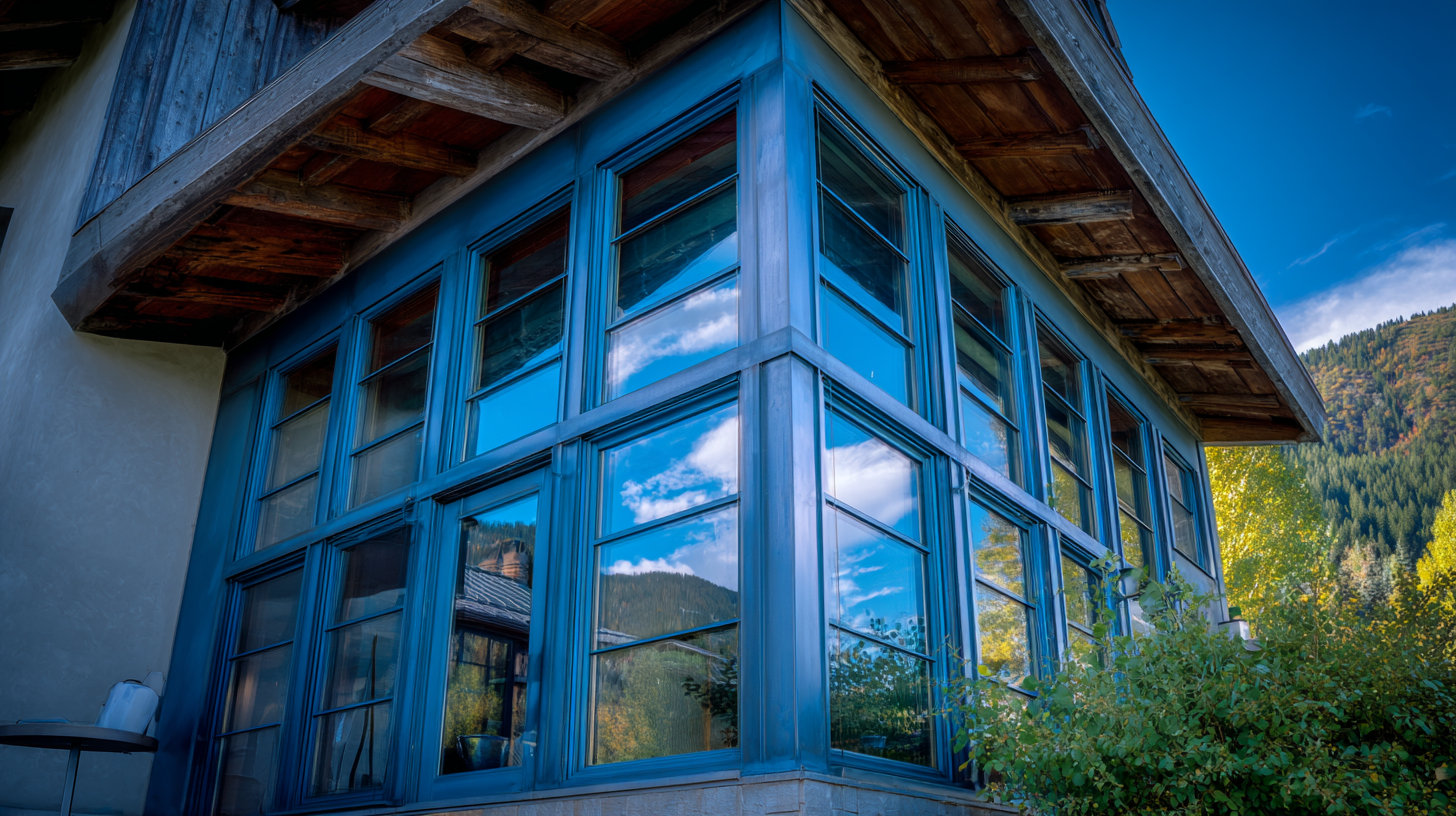
The Importance of U-Factor in Window Energy Efficiency Ratings
When it comes to selecting quality windows, understanding energy efficiency ratings is crucial, particularly the U-Factor. This metric measures the rate of heat transfer through a window; a lower U-Factor indicates better insulating properties, which can significantly impact energy consumption and comfort within a home. In climates where heating is essential, opting for windows with a low U-Factor can help reduce energy bills and enhance overall living quality.
As the demand for energy-efficient windows rises, the market for UPVC windows is projected to expand, influenced by various top players in the industry. Companies are focusing on producing windows that not only meet stringent energy efficiency standards but also offer aesthetic appeal. This dual consideration of functionality and style allows homeowners to invest in windows that fulfill both practical and design requirements, supporting the trend towards more sustainable construction practices in residential development. By prioritizing the U-Factor during the decision-making process, consumers can ensure they make an informed choice that contributes to long-term energy savings and environmental benefits.
Understanding Solar Heat Gain Coefficient (SHGC) for Optimal Home Comfort
When selecting windows for your home, understanding the Solar Heat Gain Coefficient (SHGC) becomes crucial for both comfort and energy efficiency. SHGC measures how much solar radiation passes through a window, directly affecting indoor temperatures. Windows with a low SHGC value are ideal for regions with hot climates, as they minimize the amount of solar heat entering the home, thus reducing reliance on air conditioning and lowering energy bills.
Conversely, in cooler climates, a higher SHGC can be beneficial, allowing natural sunlight to warm the interior spaces. This balance is essential for maintaining optimal home comfort year-round. Additionally, the style of windows should not be overlooked; selecting aesthetically pleasing designs that complement your home while maximizing energy efficiency can enhance both the look and functionality of your living space. By considering SHGC in tandem with design, homeowners can make informed decisions that support a comfortable and sustainable environment.
Solar Heat Gain Coefficient (SHGC) of Various Window Types
This chart illustrates the Solar Heat Gain Coefficient (SHGC) values for different types of windows. A lower SHGC indicates better energy efficiency for homes in warmer climates.
Top 5 Window Glazing Options and Their Impact on Energy Performance
When selecting windows for enhanced energy efficiency and style, the choice of glazing is paramount. Glazing refers to the layers of glass used in window construction, and it significantly influences a window's thermal performance. The top five glazing options are single pane, double pane, triple pane, low-E (low emissivity) glass, and gas-filled spacers. Each of these options offers varying degrees of insulation, light transmission, and aesthetic appeal, catering to different needs and preferences.
Single-pane windows are the least energy-efficient, allowing heat to escape easily. In contrast, double-pane and triple-pane windows provide better insulation by trapping air or gas between the panes, thereby reducing heat transfer. Low-E glass enhances energy performance by reflecting radiant heat while allowing natural light to enter, making it a popular choice for modern homes. Gas-filled spacers, often used with double or triple glazing, incorporate argon or krypton gas to further improve insulation. Evaluating these glazing options based on their energy performance can lead to significant savings on energy bills while maintaining the desired style of your home.
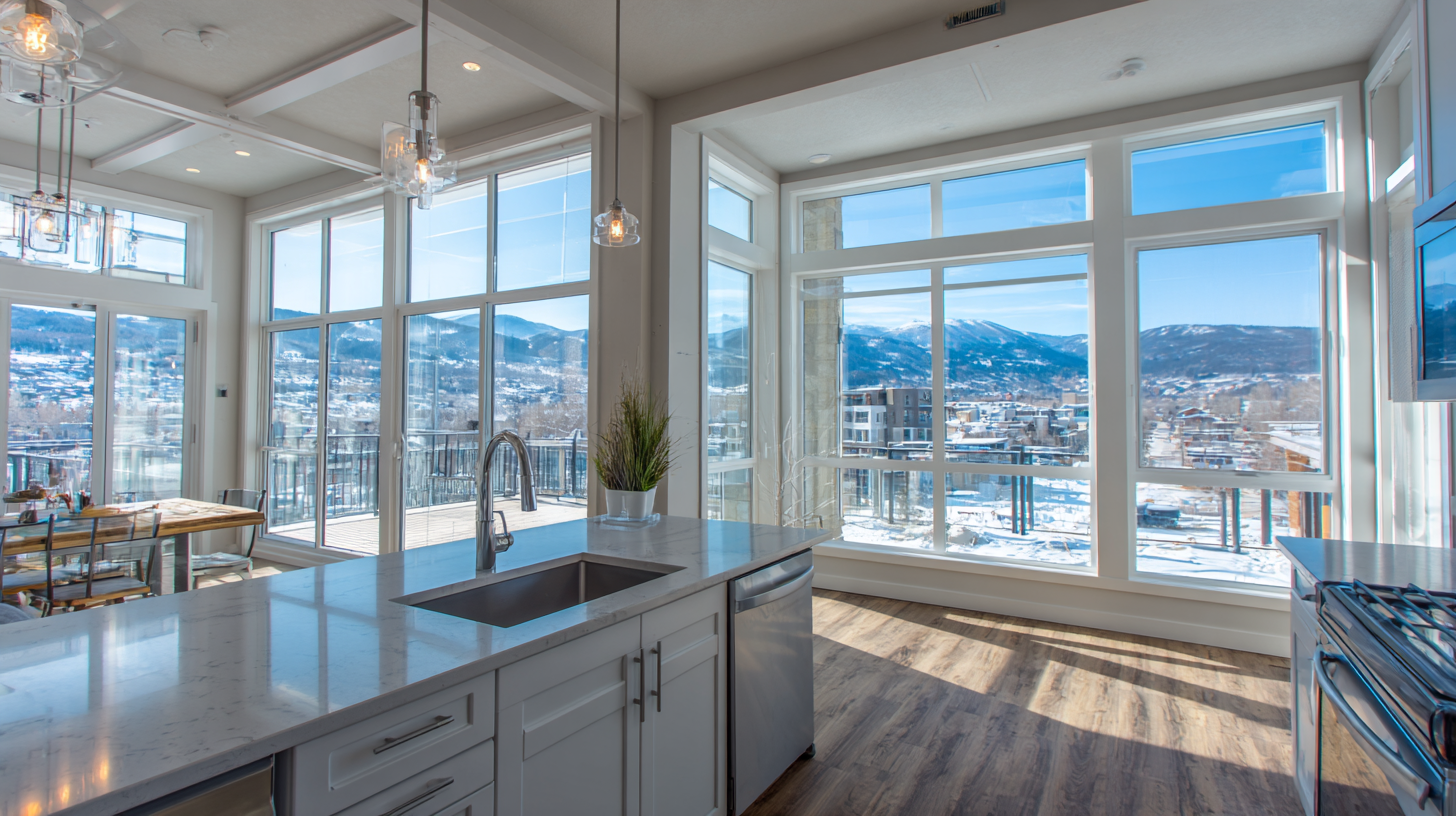
Evaluating Window Frame Materials: Energy Efficiency vs. Aesthetic Appeal
When selecting window frame materials, two critical factors to consider are energy efficiency and aesthetic appeal. Energy-efficient window frames are essential for maintaining a comfortable indoor environment and reducing heating and cooling costs. Materials such as vinyl, fiberglass, and wood clad are known for their insulating properties, offering superior thermal performance. Vinyl frames, in particular, have become popular due to their excellent energy efficiency, low maintenance requirements, and ability to fit various architectural styles without compromising on performance.
On the other hand, aesthetic appeal plays a significant role in enhancing the overall look of a home. Homeowners often seek window frames that complement their home's design while providing a polished finish. Wood frames, for instance, offer a classic and timeless beauty that can be stained or painted to match any interior or exterior color scheme. However, they require regular maintenance to prevent decay. While materials like aluminum provide a sleek, modern aesthetic, they may not offer the same level of insulation as other materials. Balancing these two aspects—energy efficiency and style—often leads to the best decision for homeowners seeking both functionality and visual appeal in their windows.
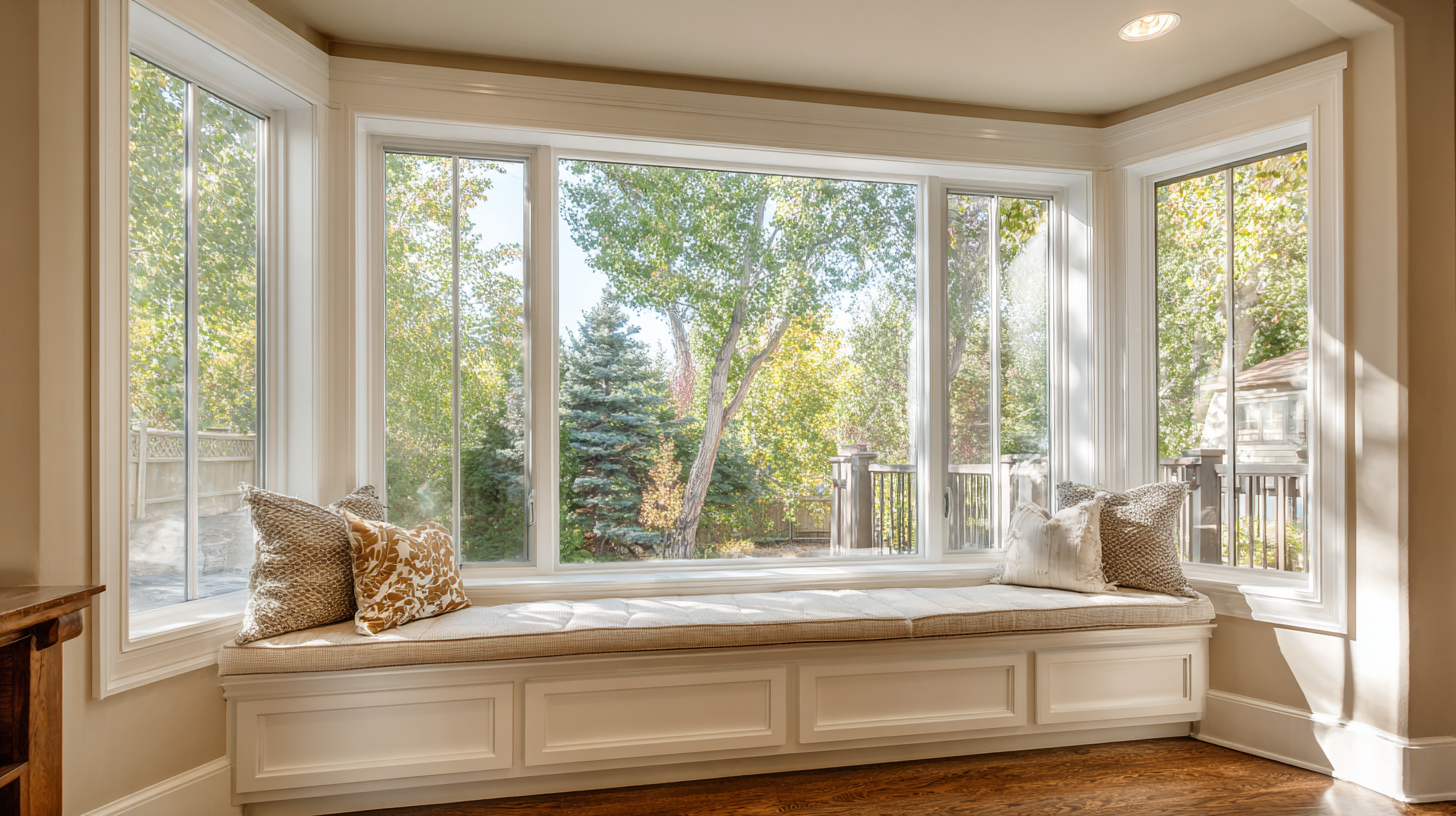
Maximizing Energy Savings with Proper Window Installation Techniques
When it comes to maximizing energy savings through proper window installation techniques, several factors must be considered to optimize both performance and aesthetics. High-quality windows play a crucial role in reducing energy consumption, and their installation requires meticulous attention to detail. Correct sealing and insulation can greatly enhance a window's energy efficiency, preventing drafts and minimizing heat loss in colder months. Upgrades to insulation materials, such as spray foam, are gaining traction as they offer superior performance in sealing air leaks, contributing substantially to overall energy savings.
Moreover, companies are expanding their services to cater to this growing demand for energy-efficient solutions. Innovations in window and siding replacement services are leading the charge in modern renovation practices. By choosing windows with advanced double or triple glazing and ensuring proper installation, homeowners can ensure their investments yield maximum returns in energy savings. As colder temperatures approach, it's essential not just to select the right windows but also to implement proper installation techniques that will sustain efficiency and enhance the comfort of living spaces.
The Ultimate Guide to Choosing Quality Windows for Energy Efficiency and Style
| Window Type | Energy Efficiency Rating (U-Value) | Style | Materials | Average Cost ($) |
|---|---|---|---|---|
| Double-Hung | 0.30 | Traditional | Vinyl, Wood | 300 - 800 |
| Casement | 0.27 | Modern | Aluminum, Fiberglass | 400 - 900 |
| Sliding | 0.34 | Contemporary | Vinyl, Wood | 450 - 950 |
| Awning | 0.28 | Sleek | Wood, Aluminum | 350 - 850 |
| Bay & Bow | 0.29 | Classic | Vinyl, Wood | 600 - 1200 |
Related Posts
-
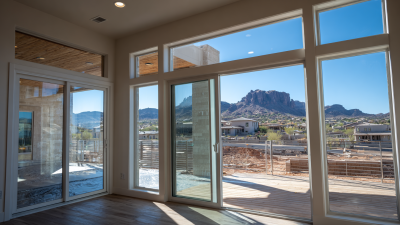
The Impact of Quality Windows on Energy Savings and Home Comfort in Modern Construction
-
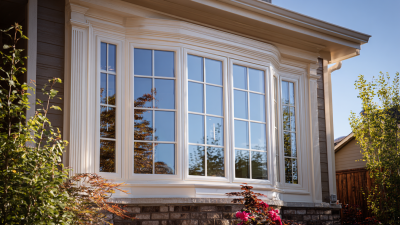
The Ultimate Guide to Choosing Quality Windows for Your Home Efficiency
-

Why Choosing the Right Home Doors Can Transform Your Living Space
-
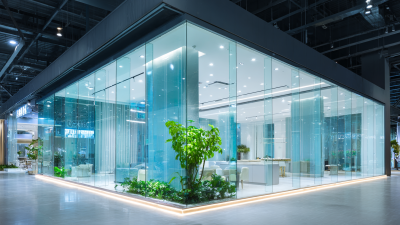
Exploring Home Glass Innovations at the 138th Canton Fair 2025: Trends and Market Insights
-
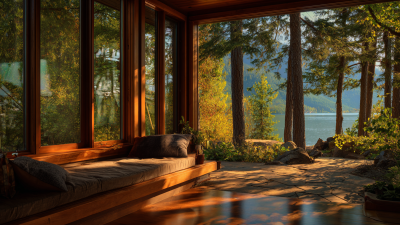
Unlocking the Power of Windows for Home: A Comprehensive Guide to Optimize Your Everyday Experience
-

The Benefits of Choosing Glass Doors for Modern Home Design
- © Copyright
- Andy's Glass & Window Company
- All Rights Reserved
- Blog